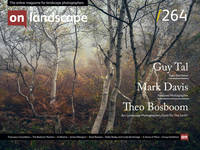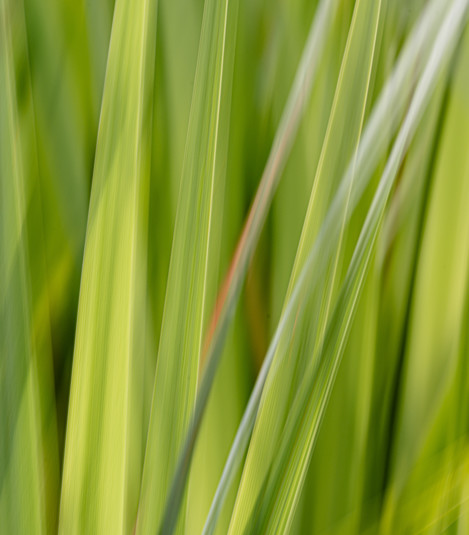The Barbizon Painters

Francesco Carovillano
Through nature and image-making I keep discovering who I am. The more I grow older, the more these two things merge together.
I’m a full-time landscape photographer mainly working in the forest of Fontainebleau, France.
In the previous three articles of the ‘Past Masters and Expressive Photography’ series (read previous articles), I have analysed the Impressionist’s artistic beliefs, deep motivations, expressive philosophy and lifetime struggles. In this fourth essay, I’m going to explore a group of lesser-known, but no less relevant landscape painters who practice their art right before the Impressionists. Their work inspired, influenced, and facilitated the impressionist’s bright development.
A work of art which reproduces the total content of an era (thus not only its style) and which therefore represents a disturbing novelty does not ordinarily become something familiar until the era has passed, it that is, it is only recognized and appreciated when the period of its creation has become a historical totality. This happens most of the time with the coming of the next generation.~ Hermann Broch
It took the prodigious blossoming of pleinairism and the triumph of impressionism for criticism to look seriously at the antecedents of impressionism and for the French school of art history to seek out the sources deep. It was not until 1925 that the book by Prosper Dorbec, "Landscape art in France. Essays on its evolution from the 18th century to the end of the Second Empire" (the French Second Empire ended in September 1870), seriously retraced the work of the Barbizon painters.
So, what motivated a group of landscape painters to relocate to the tiny village of Barbizon in France and relentlessly paint there for most of their lives? Why did they fight to institute an “artistic reserve”, the first protected natural area in the world? And what kind of impact did it all have on future generations of painters and photographers?


